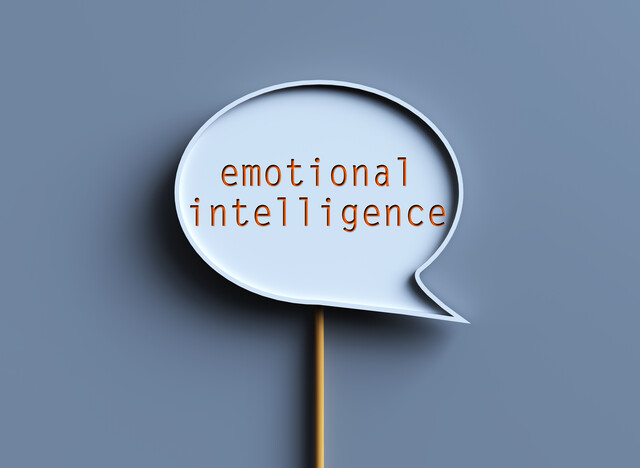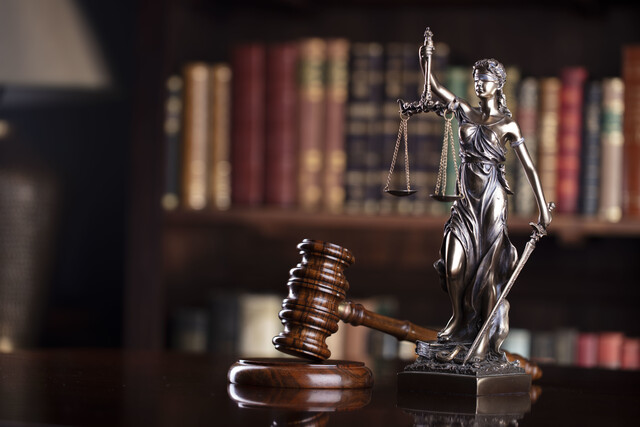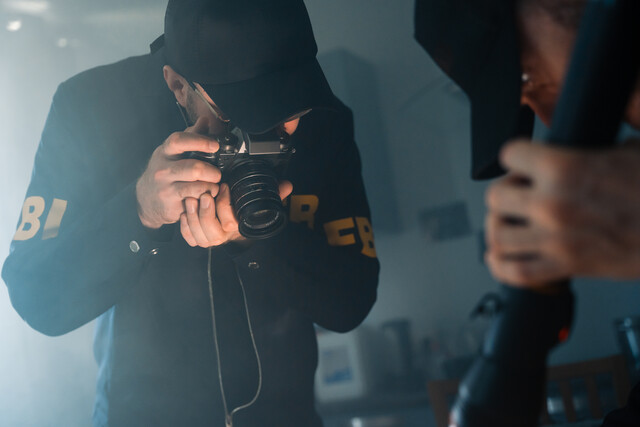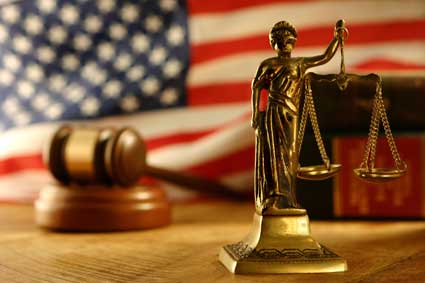Crime scene reconstruction can be accomplished in a variety of ways. In some cases, data compiled at the scene, such as location of evidence and blood spatter interpretation, as well as the possible movements and final resting place of the body is later inserted into a computer to provide three-dimensional videos that illustrate what may have happened at the scene. Any crime scene may be "reconstructed" through proper examination or interpretation of the physical evidence gathered from the scene.
According to the Association for Crime Scene Reconstruction, the definition of crime scene reconstruction is, "the use of scientific methods, physical evidence, deductive reasoning and their interrelationships to gain explicit knowledge of the series of events that surround the commission of a crime".
At its most basic level, crime scene reconstruction attempts to answer the questions: what happened and how it happened. While in many cases only the victim and the suspect guilty of the crime can really know for sure why and how a violent crime occurred, it is often possible for a reconstruction of a crime scene to answer one, if not both questions.
While human logic plays a large role in the crime scene reconstruction process, proper analysis of the physical evidence and other facts gathered throughout the investigation play a major role. After evidence has been identified, gathered and analyzed, the crime scene investigator might then offer a hypothesis of what may have happened at the scene.
In order to prove such a hypothesis, tests must be carried out that will prove or disprove the hypothesis or interpretation of the evidence. Crime scene reconstructions must contain certain aspects in order to provide enough information to come to a reasonable conclusion as to what happened. These ingredients are:
-
Photographs
-
Physical evidence
-
Autopsy reports
Crime scene reconstruction was developed in the 1990s as a new area of forensic study that combines aspects from a number of different disciplines, including profiling and psychological autopsy, or what is more commonly known as an equivocal death analysis. Remember that an equivocal death may be open to different interpretation, and unresolved as to whether such death was the result of suicide, homicide or accident.
Crime scene reconstructions may consist of different area or categories. In general, such reconstruction may involve a specific incident, such as a traffic accident or a homicide. A specific event reconstruction may attempt to resolve the order in which an action occurred, while evidence may be reconstructed in order to provide more accurate information about how something occurred.
Crime scene reconstruction may be developed through the use of bullet or other missile trajectories, blood spatter analysis, or such locations and condition of physical evidence such as the location of the victim, signs of broken glass, or struggles and so forth.
Reconstruction can be attempted with blood and bloodstain patterns, impressions, firearms, glass fragments and other forms of physical evidence.
Reconstruction takes the form of a number of different disciplines as well, including logic, victimology, and fact, i.e. physical evidence and test results, as well as scientific method and a basic knowledge of criminology. Such reconstruction may be as simple as a detective or crime scene investigator walking through a crime scene and verbally hypothesizing what has occurred, to elaborate reconstructions that utilize video graphic software or services that will offer three-dimensional views of a crime as it occurs in a frame by frame rendition of compiled data and facts and analysis. Such crime scene reenactment is usually designed for use in a court of law, and is not what crime scene reconstruction is all about.
For example, in a court of law, visual exhibits can be one of two different categories: real or demonstrative evidence. "Real" evidence is obvious -- it is something that can be seen or touched, like a weapon. Such evidence does not need or require the testimony of a witness or expert to identify it for what it is; a gun is a gun.
"Demonstrative" evidence is typically used to help a jury understand something. For example, when an expert testifies that a victim died due to blood loss, and then points to a diagram and explains how that blood loss occurred, that is a form of demonstrative evidence. Other forms of demonstrative evidence can include, but are not limited to:
-
Videotapes
-
Photographs
-
Diagrams, maps, sketches
-
Plaster casts or molds
-
Computer reconstruction animation
-
Scientific experiments or tests
Any type of demonstrative evidence must be verified by authenticity, accuracy and identification.
Crime Scene Reconstruction Procedure and Protocol
When it comes to crime scene reconstruction, many different aspects about the victim, the location and the circumstances surrounding his or her death will be weighed and analyzed. Such aspects are:
-
Victimology (Victim's state of mind)
-
Victim's prior health
-
Wound pattern analysis
The victim is the focal point of crime scene reconstruction. It is all about the victim, so it stands to reason that the victim should become very well known to crime scene investigators as well as other personnel involved in any attempt to reconstruct a crime scene. Such areas of the victim's life that should be studied are: work employment records, school records, any criminal records as well as talking to friends and family about the victim's behavior and mental outlook and attitude about life. Alcohol and drug abuse history, or histories of physical or sexual or mental abuse are also important aspects of a victimology. Personal and professional relationships with others are also an important part of forming a multi-dimensional history of a victim's profile.
When it comes to understanding what crime scene reconstruction involves, one must also be aware of specific terminology associated with the skills and knowledge needed for such efforts. For example, several terms are listed below:
Analysis - Is the process of starting with a whole and breaking it down into individual units of knowledge.
Deduction -- The reasoning process that starts with a general impression and then explores logical sequences of consequences.
Induction -- Skills, experience and observations are applied to a case, resulting in a conclusion or hypothesis.
In addition, law enforcement personnel use terminology to buttress hunches as well as physical evidence. Such terms as tips, patterns, leads and clues come together to provide a crime scene investigator with a number of view of any particular crime, but as examination and observation deepens, so to does the understanding of what has occurred and quite possibly, why.
When reconstructing a crime scene, many investigators follow basic guidelines to gather information on various crimes. For example, for a homicide, crime scene investigators may focus on the following aspects of the case:
-
Victim
-
Crime Scene
-
Crime Lab results
In many cases, a crime scene reconstruction will start with a general idea of what may have occurred at the location, based on what is immediately discovered. However, as the investigation continues, the results of lab tests, the autopsy and the questioning of family, friends and witnesses may offer more detailed clues as to what really occurred. Basically, the process of reconstructing a crime scene should always incorporate the following process:
-
The Crime
-
Hypothesis
-
Data Collection
-
Test the Hypotheses
-
Pursue most logical hypothesis
-
Come to a Conclusion
The results of a crime scene reconstruction may reach four conclusions:
-
The crime occurred in a definitive manner
-
The crime may likely have occurred in a given manner
-
The crime is unlikely to have occurred in a given manner
-
The crime cannot have occurred in a given manner
In the area of crime scene reconstruction, levels of certainty or levels of proof will vary. For example, proof ranges between intuition, probable cause, a preponderance of evidence, and clear and convincing evidence, evidence beyond reasonable doubt and evidence that determines scientific certainty. Naturally, the closer an investigator can come to scientific certainty, the better.
There are many dangers and pitfalls that may face a crime scene investigator, homicide detective or other law enforcement personnel involved in attempting to determine a crime scene reconstruction if they fall prey to leaps in assumption, emotional involvement, or not taking all the evidence into consideration before making a judgment. It is especially important to gather the evidence and wait for lab results and tests before jumping to conclusions that may lead the investigation away from a logical and non-emotional quest for truth.
Remember, what you see is not always what really happened. It is essential that any crime scene investigator show due diligence and attention to detail in order to gather and weigh all the evidence, and not just selected portions of it.
Conclusion
As is obvious, crime scene reconstruction takes a look at more than physical evidence in attempting to determine what may have occurred at the scene of a crime. It takes as much logical reasoning as it does consideration of physical evidence and lab test results. A crime scene investigator must always go into a crime scene with an open mind, willing to wait until all possible evidence is gathered before leaping to conclusions or refusing to accept alternative possibilities.
Using evidence to interpret a crime scene is a learned skill that is developed over time, but even those new to crime scene investigation can combine common sense, attention to detail and observation of evidence to give them a huge advantage of "reading" a scene in order to propel an investigation in the right direction.

























